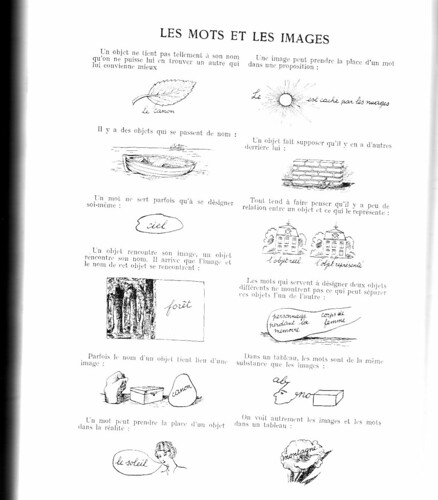Not the Pacific island language, but what’s happening to my browser and newsreader. For instance, I’ve had this link to a discussion about the future of textbooks in my reader, planning to enter the discussion. I don’t have anything particular to add to it, though; I think Stephen Downes is on the right track, and I’m increasingly skeptical about the pedagogical value of things that channel learning into orderly packages. I need to check out these two OS applications for encouraging and sharing development of learning resources.
When I finish the book review on which I’m working, I have to write a chapter about “technology and religion,” to which the WSJ’s article about the Second-Life [alleged] bigamist pertains. Likewise the more serious essay by Ray Tallis that argues in favor of understanding technology as part of a continuous process of altering our selves and our environments, with a long history (that has seen humanity modulate away from grim scarcity and brutal aggression) and a future that we should confront critically and temperately, but not fearfully and reactively.
In the church world, a letter from the Archbishop of Nigeria has been found to have been edited on the computer of one of his U.S. subordinates, with predictably shabby polemics to and fro about what that proves or doesn’t prove. Comparatively little of the rhetoric seems to focus on the actual text of the letter and the changes thereunto. I have in the past been impressed by the pitch of Archbishop Akinola’s oratory, and I don’t doubt his capacity to speak for himself; and I don’t think it’s entirely reasonable to suppose (absent evidence) that every change introduced into the communique under Bp. Minns’s must have come directly from Archbishop Akinola. That doesn’t mean conspiracy or racism or plagiarism or ventriloquism, nor would I rule out the possibility that Archbishop Akinola borrowed Bp. Minns’s laptop and edited the whole letter in solitude. The evidence supports the appearance that Bp. Minns was involved in the editing, is all. And so until someone advances evidence that one change or another, or none or all, come from some particular author/editor, I’d construe the specific changes as evidence of a shared outlook of the two clergy leaders, whom we’ve long had reason to perceive as like-minded colleagues. No shocker there, no conspiracy there, no speculative explanations about what must have happened or what it finally shows.
Thomas’s heart has been broken, from the shards and shreds of which he’s made a Broken Heart Manifesto, and invited others to join and comment.
I think there are other topics I meant to include, but if so, they’ve already slipped off the back of the shelf.

